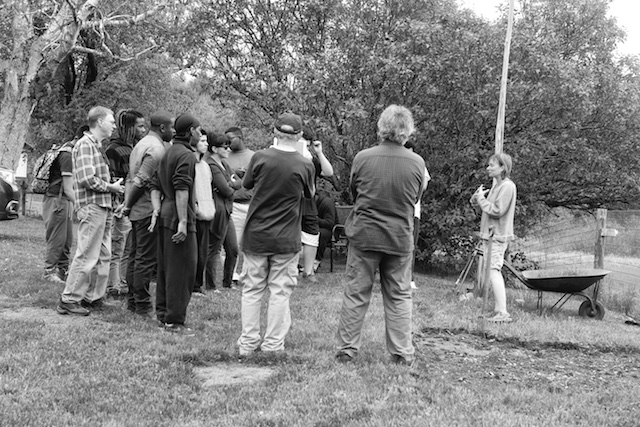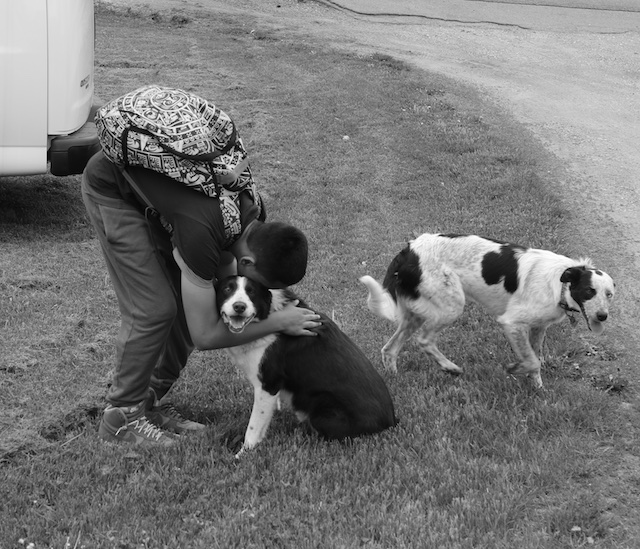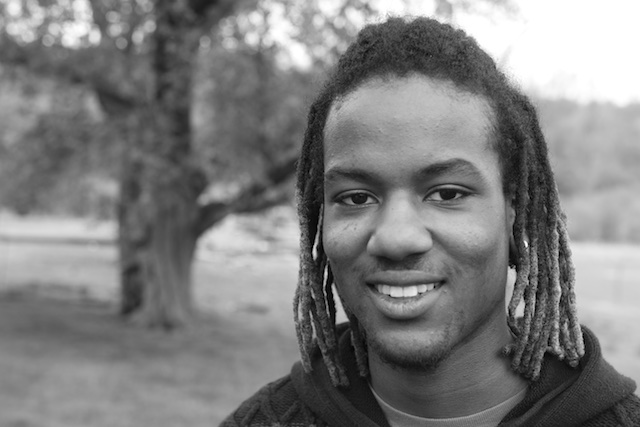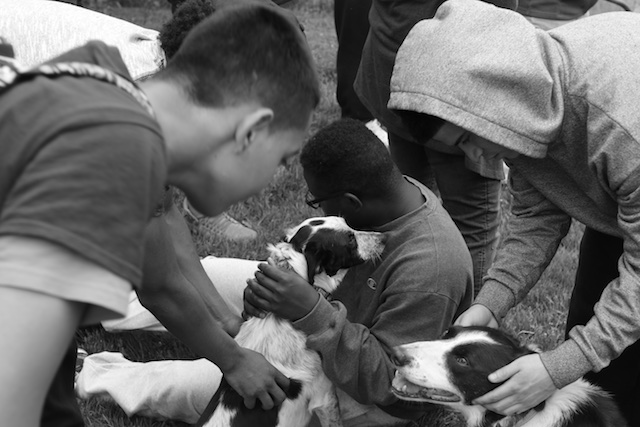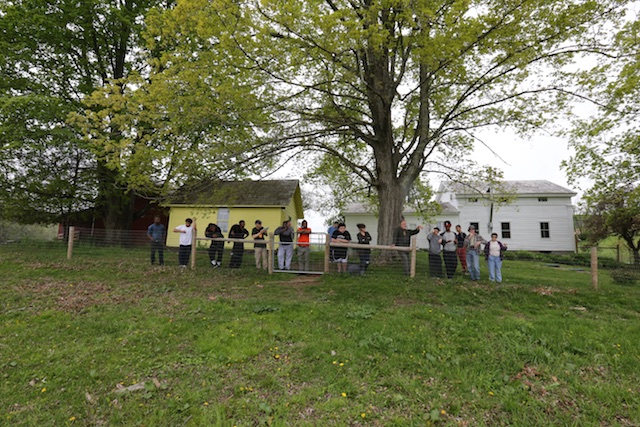
This week, I thought I felt as if I were losing myself, drifting away from who I wanted to be, how I wanted to feel. I realized that I have become discouraged by the angry and cruel political process, and disheartened at the thought of listening to many months of rage and accusation and ugliness in others. It cross over and into my consciousness, it is infectious, as panic and fear often is.
I was briefly lured into the trap of tapping into the news more than once a day, something I had avoided for years. It is so easy to do, without even thinking.
The ugliness of the political campaigns and the anger of so many people was pulling me in, like an angry whirlpool swirling around a ship in a turbulent sea. It was all around me, in the air, draining the consciousness and hope of good people on all sides. Cynical leaders pulling out the worst and angriest parts of us. It was crawling into my dreams, running back and forth in a neural rut.
So how I asked myself this weekend, can I get back to myself? I know now how to find myself when I get lost.
First, I stopped paying attention to the news, stopped checking on what awful thing this one or that one said about the others. All weekend, I had not heard a cruel or angry word, and this helped me to see just how destructive and disturbing it is too listen to too much of either.
Then, I set out to take some new and interesting photos. I returned to my lifelong passion of reading books, and I read three in as many days. I went on walks with Maria. I herded sheep with Red and Fate.
I meditated, two or three times a day for 15 minutes each. I
I turned to music. I spent several hours listening to my “Hamilton” album and and the new Beyonce album, “Lemonade.” I mowed the lawn it took me three or four hours, too long in the sun for me. I ran back and forth to the hardware with Maria to get seeds and supplies for the new “Three Sisters” garden.
I turned to photography, sorting through my photographs and sharing them. I turned to writing, I blogged and put up photos, I felt better.
Those things all worked, they were helpful. But I am grateful to the boys of the St. Joseph’s home and residence. These young men who have suffered so much and struggled so long had come to the farm, reveling in my life, my dogs, my wife and her work, the life of the farm, the donkeys and pony.
It cost me nothing and took little effort to welcome these young men to the farm. But it turned out to be such a gift to me.
The farm opened its arms up to these men, taking them in, loving them, lifting them up. It was as if the animals were all tapped into this human frequency, they could have not been more loving or attentive or affectionate.
The boys were mesmerized by my dogs, my life, the farm. They asked me a million questions. They flocked into Maria’s studio and looked at her quilts and offered the most amazing observations about them and what they were about. They see the world in the most unique way.
Listening to them, watching them, seeing the love and interest poring out of them and their hard lives, I came to see myself, to find myself, and to find myself, it was clear through the mirror these kids were offering me as they petted the donkeys and the pony, stood along the fences to see my dogs work and run. The residual anger and unease washed away, as if I had flushed it from my system somehow.
It always amazes me how animals can open people up, and how they tap into the love of humans, even where it is sometimes hard to find.
“If you do follow your bliss you put yourself on a kind of track that has been there all the while, waiting for you,” wrote Joseph Campbell, “and the life that you ought to be living is the one you are living. Follow your bliss and don’t be afraid, and doors will open where you didn’t know they were going to be.”
This is what I saw and felt, seeing the world through the prism of the St. John’s boys, who found my life as incomprehensible as it was fascinating to them. But they got it, every bit of it. They saw past their own anger and pain and struggle, they were awash in the joy of the world. And why then, could I not do the same?
They helped me to find myself in their own searching and yearning and feeling. They helped me to see that I have followed my bliss, I am on a track that has always been there, waiting for me, and I am not afraid any longer, doors has opened everywhere for that I never even knew existed, let along where they were.
All I have to do, I thought, is to open my eyes. The rage and cruelty in the outside world has nothing to do with me or my life, I do not have to wallow in every turn of it or take it in. I do not have to inject this or any other poison into my veins. I will stay on my track, it has always been there waiting for me, and the boys could see it, and thus, so could I.
That is what it means to be strong, to have faith. To grasp what I can do and what I cannot do, what I can control and what I cannot control. The only one I can truly be responsible for is me.
If there is a God, the fierce power of my imagination is a gift from him. Joined with the glory of the mind, the power of intuition, the depth of ethical thinking, and a love of the divine, imagination becomes a powerful instrument for the holy spirit, by which I mean the sanctity of self.
I thank you boys, for helping me to return to myself through your own eyes and hopeful hearts and brave souls.

